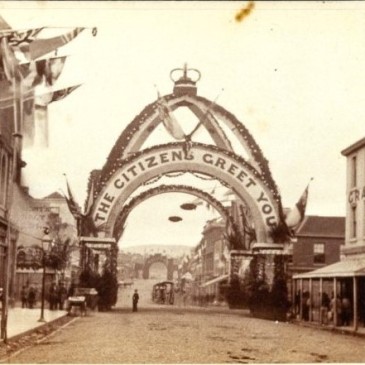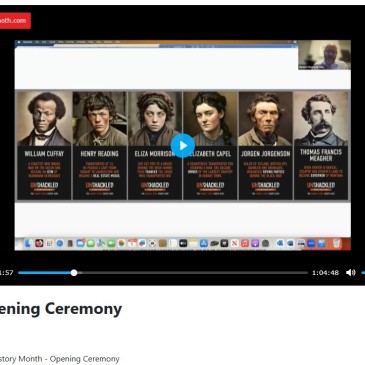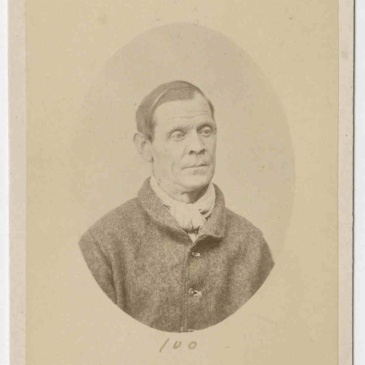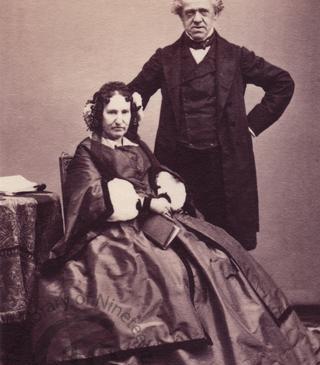Thomas J. Nevin at the Citizens’ Arch, 8 January 1868
By 9 o’clock on the morning of Tuesday 8th January 1868, Thomas J. Nevin had set up his cameras in Liverpool Street, Hobart, facing the Citizen’s Arch as the crowds began forming in anticipation of the Duke of Edinburgh passing through on his way to Government House in Macquarie Street at midday. He may have been working on commision for the Citizens’ Arch designer and decorator, Charles E. Walch, partner in the family firm Walch & Sons Co., publishers of Walch’s Almanac and regular importers of photographic supplies. Well before the Duke’s arrival, Thomas Nevin took two photographs (extant) of the street and the Citizen’s Arch, each a minute or so apart from the same spot. Both photographs have survived. He would print a single image as a carte-de-visite of one of the captures as well as pasting the two slightly different captures of the scene side by side on a double mount to be viewed as a true stereograph with a stereoscopic viewer. … More Thomas J. Nevin at the Citizens’ Arch, 8 January 1868










































You must be logged in to post a comment.